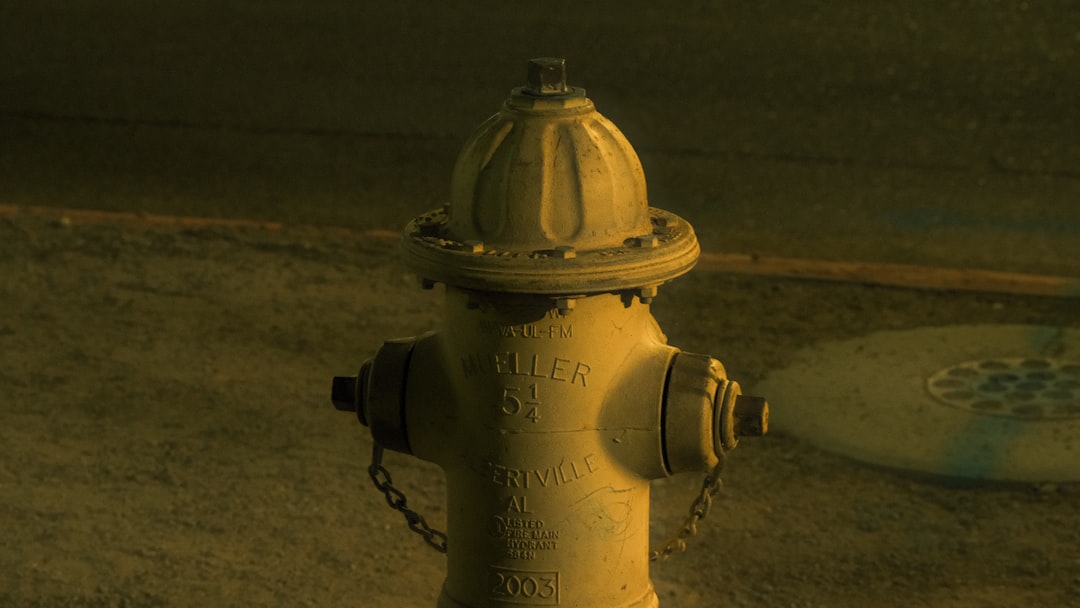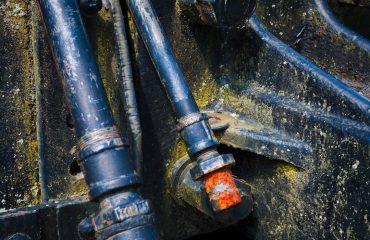body { font-family: sans-serif; line-height: 1.6; }
h1, h2, h3 { color: #333; }
h1 { font-size: 2.5em; }
h2 { font-size: 2em; }
h3 { font-size: 1.5em; }
code { background-color: #f0f0f0; padding: 2px 4px; border-radius: 4px; }
High-pressure systems are essential in numerous industries, from chemical processing and oil and gas to power generation and manufacturing. While offering significant advantages in efficiency and productivity, these systems inherently present significant safety risks. A failure in a high-pressure system can lead to catastrophic consequences, including equipment damage, environmental pollution, and severe injuries or fatalities. This comprehensive guide explores crucial safety considerations to mitigate these risks.
1. Design Considerations for High-Pressure Safety
The foundation of a safe high-pressure system lies in its design. Careful consideration must be given to material selection, pressure ratings, and system redundancy. Materials must possess sufficient strength and corrosion resistance to withstand the operating pressures and temperatures. Pressure vessels and piping should be designed according to relevant industry codes and standards (e.g., ASME Section VIII, PED), incorporating appropriate safety factors. Redundancy, such as multiple pressure relief devices or backup systems, is crucial to prevent catastrophic failures in case of component malfunction. Detailed stress analysis and finite element analysis (FEA) are often employed to ensure structural integrity under various operating conditions and potential overload scenarios. Proper design also includes incorporating easily accessible pressure gauges, safety valves, and shut-off mechanisms for quick response in emergencies.
2. Operational Procedures and Safe Work Practices
Safe operational procedures are vital for minimizing risks associated with high-pressure systems. Thorough training programs for operators are essential, covering topics such as lockout/tagout procedures, emergency shutdown protocols, and the proper use of personal protective equipment (PPE). Regular inspections and maintenance are crucial to identify and address potential problems before they escalate. Operators should be trained to recognize the signs of system malfunction and to follow established procedures for responding to these events. Clear communication protocols should be in place to ensure effective coordination during operations and emergencies. Before starting any operation, a thorough pre-start checklist should be completed, verifying the integrity of all components and the proper functioning of safety systems.
3. Maintenance and Inspection of High-Pressure Equipment
Preventive maintenance is the cornerstone of safe high-pressure system operation. Regular inspections should be conducted according to a pre-defined schedule, checking for leaks, corrosion, and other signs of deterioration. Non-destructive testing (NDT) methods, such as ultrasonic testing (UT) and radiographic testing (RT), can be used to detect internal flaws in pressure vessels and piping. Regular lubrication of moving parts and replacement of worn components are crucial to ensure the continued reliable operation of the system. Detailed records of all maintenance activities should be meticulously maintained, providing a historical account of the system’s condition and facilitating predictive maintenance strategies. The frequency and scope of maintenance should be determined based on the system’s operating conditions, the material of construction, and the potential consequences of failure.
4. Emergency Procedures and Response Protocols
Comprehensive emergency procedures are crucial to minimize the impact of a high-pressure system failure. These procedures should outline actions to be taken in various emergency scenarios, including pressure surges, leaks, and equipment failures. Emergency shut-down systems should be regularly tested to ensure their functionality. Escape routes and assembly points should be clearly marked, and all personnel should be thoroughly trained on evacuation procedures. Emergency response teams should be established and regularly trained to handle high-pressure incidents effectively. A detailed emergency response plan should be developed, including communication protocols, evacuation procedures, and medical assistance protocols. Regular drills and simulations are necessary to test the effectiveness of emergency procedures and to identify areas for improvement.
5. Regulatory Compliance and Safety Standards
Operating high-pressure systems requires strict adherence to relevant regulations and safety standards. These standards vary depending on the specific industry and geographical location. Operators must ensure that their systems are designed, operated, and maintained in accordance with these regulations. Regular audits and inspections by regulatory bodies are common, and non-compliance can result in significant penalties. Staying abreast of changes in regulations and safety standards is essential to maintain compliance and ensure the safety of personnel and the environment. Proactive engagement with regulatory bodies and industry associations can help operators stay informed about best practices and emerging safety concerns. Documentation of compliance with all applicable regulations is crucial for demonstrating responsible operation and for minimizing legal liabilities.
By diligently addressing these safety considerations, industries can significantly reduce the risks associated with high-pressure systems, ensuring the safety of personnel and the protection of the environment. Remember that safety is not just a matter of compliance; it’s a continuous process of improvement and vigilance.
SEO Tags:
High-pressure safety, Pressure vessel safety, Process safety management, High-pressure system design, Industrial safety




